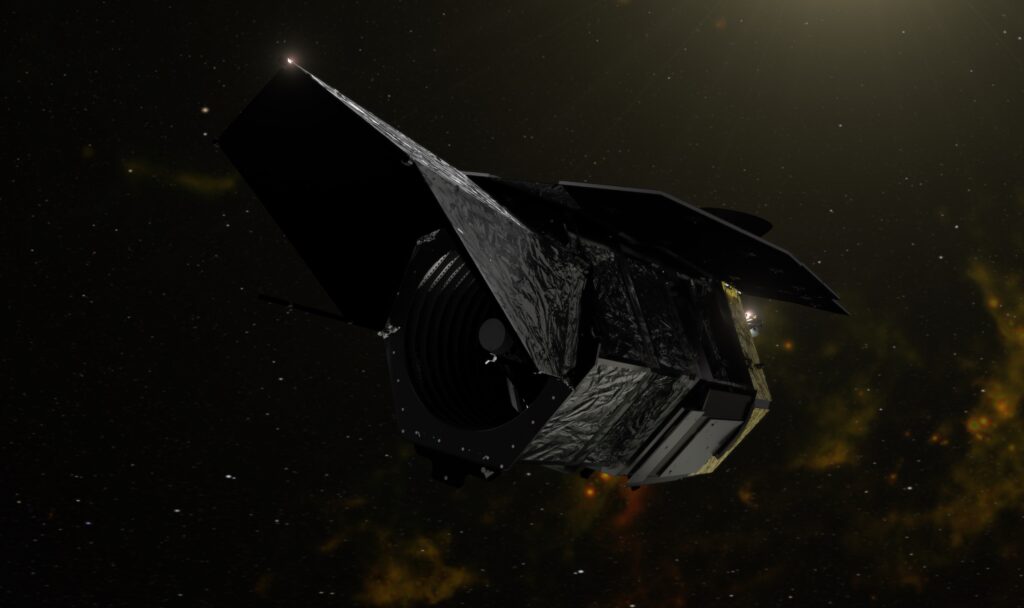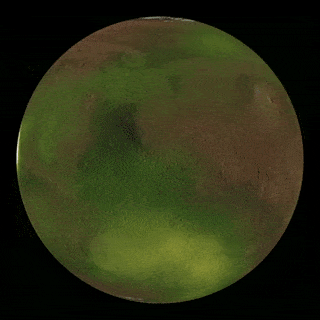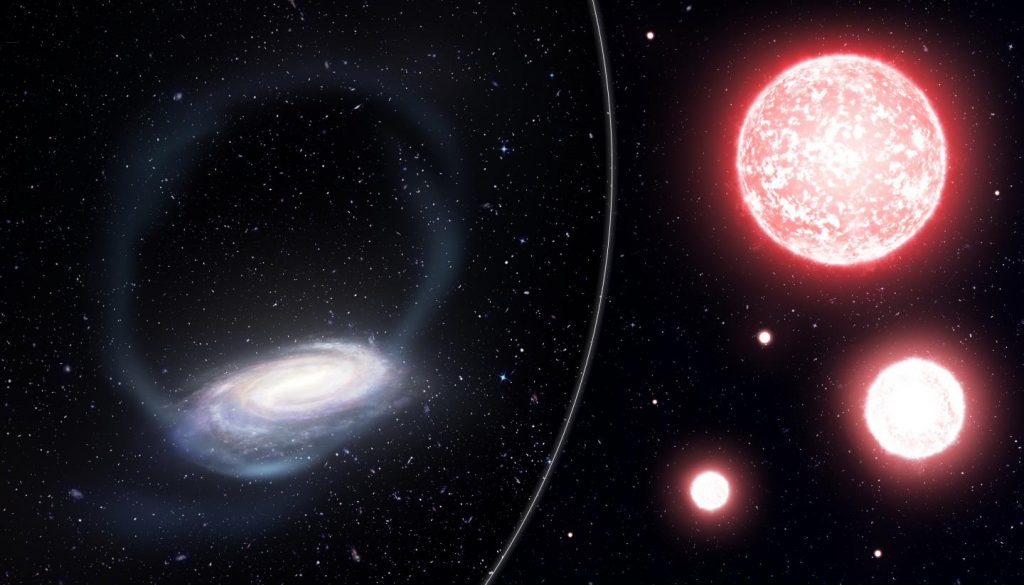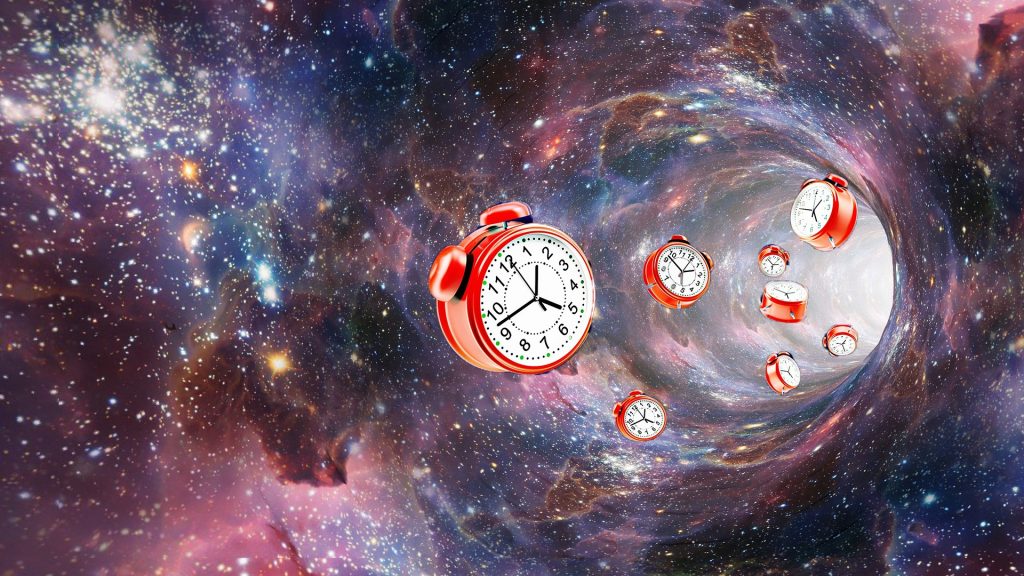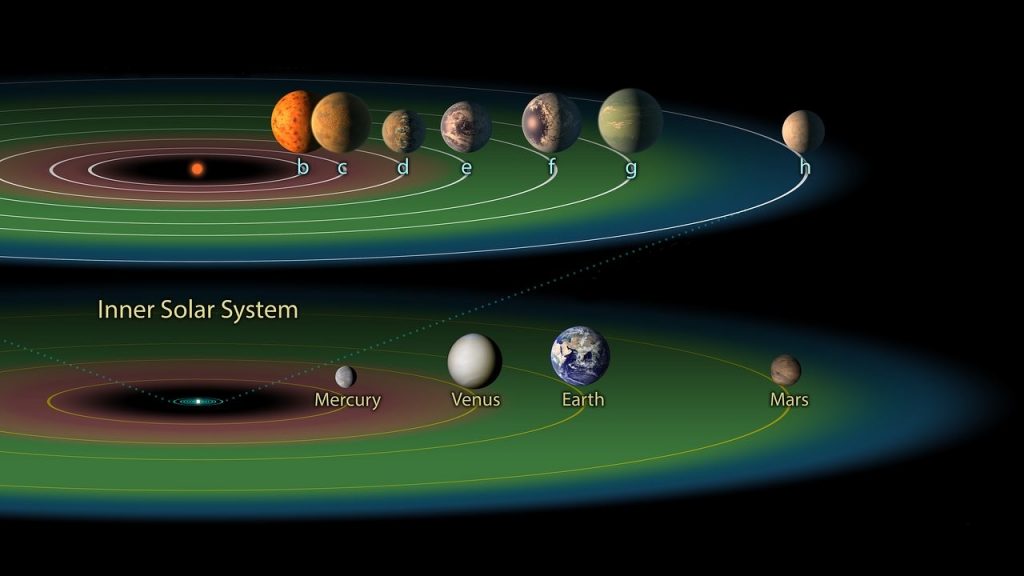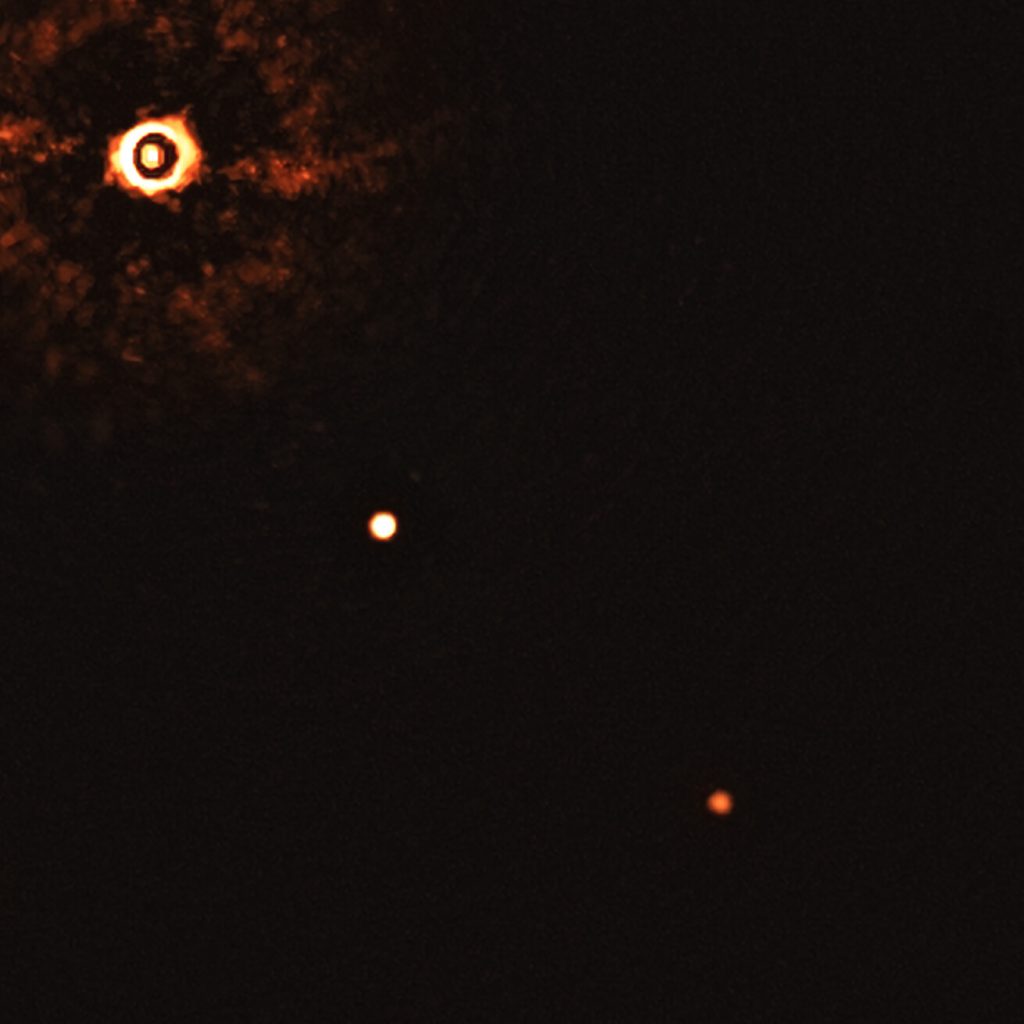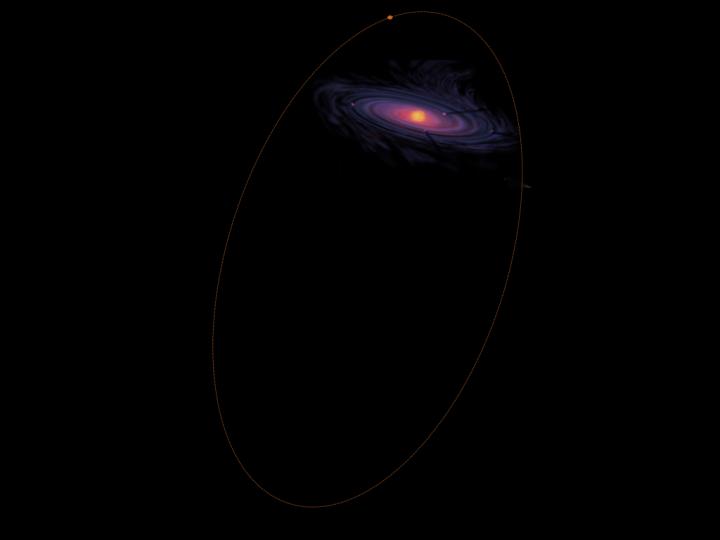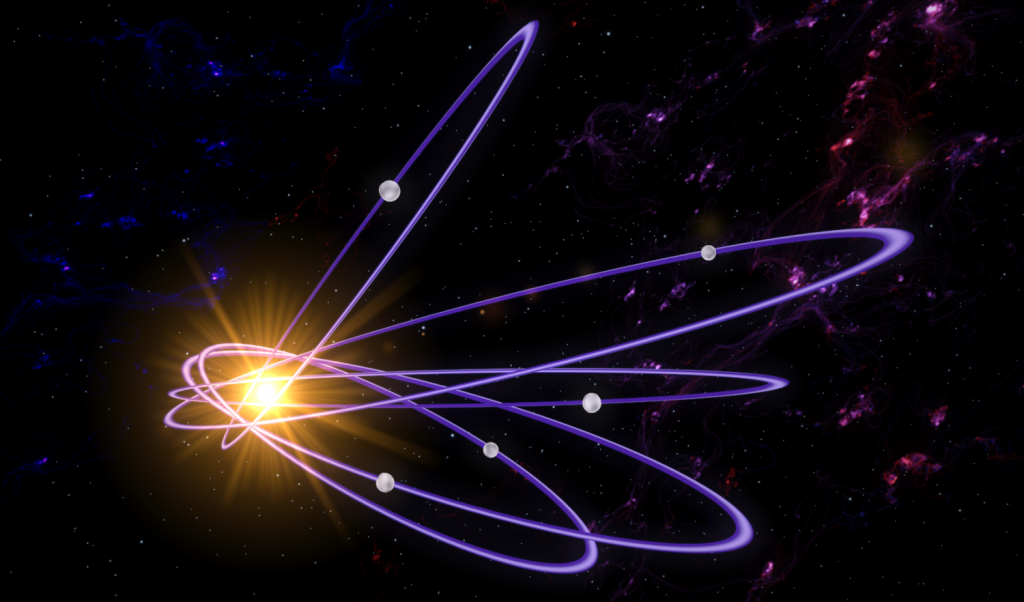More rogue planets than stars in the Milky Way?
When stars are born, their surroundings are not for the weak or squeamish. Planets have to find their way through a young system that has not yet reached a steady state. If they are unlucky, they will be swallowed up by larger planets – or flung out of the system entirely. Then they become lonely wanderers traversing the universe as ice-cold, rocky hunks that are very difficult to detect. Nobody knows how many of these so-called “rogue planets” there are, because normal telescopes cannot detect their extremely low energy signatures. And they also can’t be discovered by means of…

